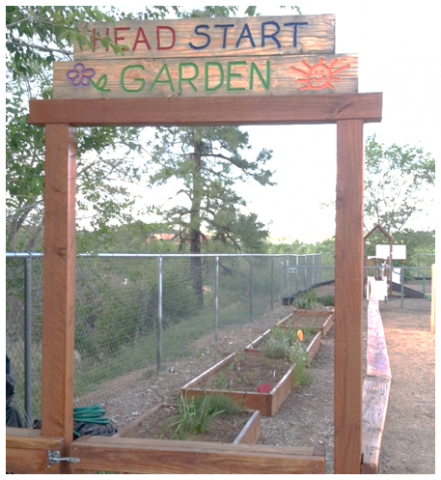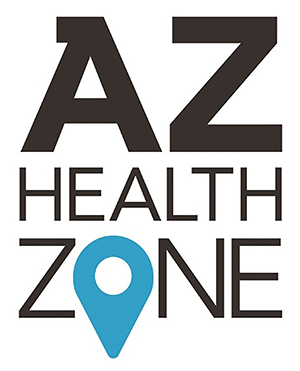
Hopefully you’ve found some interesting garden evaluation resources in Part 1 of this series. So let’s get down to brass tacks: what exactly can you measure when you want to evaluate a garden? The following possible indicators may be right for your program’s gardening efforts...and if you’ve successfully evaluated a garden, please get in touch and let me know what indicators you selected!
Land Gardened
- # acres or sq. ft.
- # plots
Pounds of Food:
- Produced, sold, donated, used by SNAP-Ed participants/eligibles, or lost to spoilage
Monetary value of food:
- Produced, sold, donated, used by SNAP-Ed participants/eligible
Participation
- # of gardeners, volunteers, visitors
- # of gardener hours, volunteer hours
Garden Satisfaction
- Overall experience at the garden
- Location of garden
- Variety of foods produced
- Access to equipment/resources to assist gardening
- Staff knowledge and helpfulness
- Social atmosphere
- Safe, supportive, and/or caring environment
Changes in the Lives of Gardeners
- Eating more healthfully
- Eating new types of foods
- Increased physical activity
- Improved economic status
- Helped start micro-business (e.g. produce stand)
- Increased household food security
- New gardening or other knowledge, skills
- Increased gardening knowledge, skills
- Increased connection to others in neighborhood/community (e.g. social capital)
- Enhanced perception of the characteristics of the neighborhood (e.g. appeal, safety)
All of these indicators come from a recommended free online course through the Western Region Public health Training Center called, “Improving Community Food Security Through Community & School Gardens.” I highly recommend this 50 minute course, which highlights the community of Ajo, Arizona and their successful efforts to improve food security.
Register for the course here.



